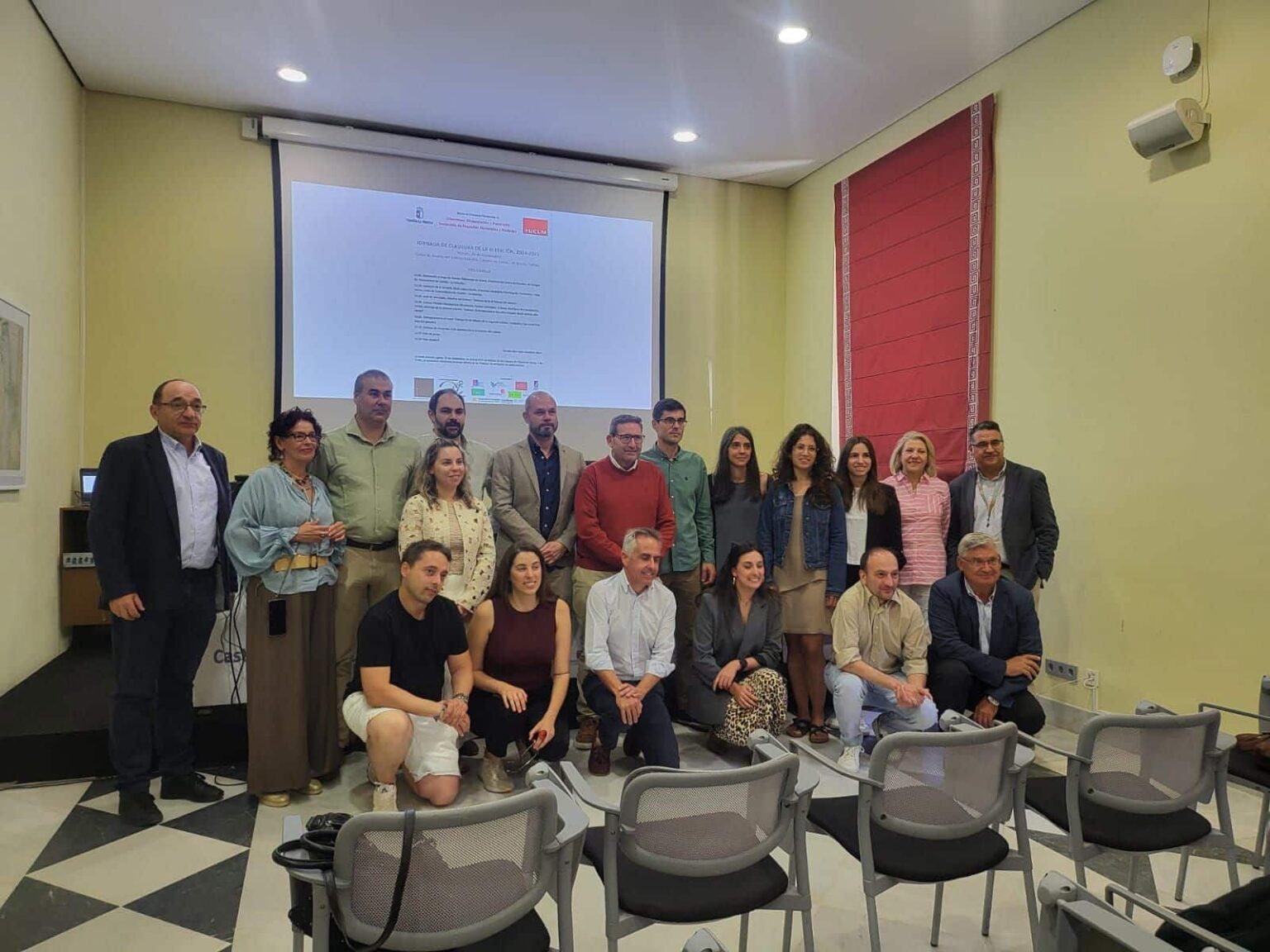Here’s the translation into American English:
—
Architect Miriam Fuentes, a licensed professional in Guadalajara, has been recognized for her outstanding research during the closing of the third edition of the Master’s in Urbanism, Dynamization, and Sustainable Development of Small Municipalities and Cities. Her work, which focuses on the relationship between urban planning and depopulation, has been deemed the best Master’s Thesis of the program.
This master’s program, promoted by the University of Castilla-La Mancha (UCLM) in collaboration with the Official College of Architects of Castilla-La Mancha and the Regional Government, has established itself as a fundamental tool for addressing the challenges of spatial planning in low-density rural and urban environments. The event, held at the Toledo Arms Factory Campus, highlighted the success of the program, which combines academic theory with practical experience in the context of the region’s municipalities.
During the ceremony, led by José M. Coronado, the benefits that the master’s program has provided to its participants were emphasized, with former students sharing stories about the positive impact on their professional trajectories. Fuentes presented research that advocates for a transformation in the perception of urban planning, shifting from a merely punitive view to one that can revitalize local communities.
Her study highlights the deterioration of traditional architectural heritage in many localities as an indicator of depopulation. In response to this issue, Fuentes suggests specific strategies for municipalities to intervene in the conservation of their heritage and become agents of attraction for new residents. The methodological approach of her research includes a normative analysis complemented by practical studies on the status of properties and surveys of municipal technicians.
The award jury valued her proposal not only for the diagnosis it offers but also for the practical solutions it provides, which are necessary to address the crisis of depopulation. Fuentes argues that urban planning should be viewed as an asset that helps maintain the cultural identity of towns.
Miriam also highlighted that the master’s program provided her with tools to update her knowledge in a constantly evolving field and allowed her to establish connections with other professionals in the sector. This training aims to understand the reality of small municipalities and the challenges they face.
For his part, Tomás Saura, responsible for one of the master’s modules, emphasized the need for specialized training, as traditional urban planning education does not adequately address the complexities of the subject. The master’s methodology, which combines theory with practical exercises, has proven effective in preparing students to face real situations in their future roles.
With the conclusion of the third edition and the launch of the fourth, the master’s program has established itself as a benchmark for specialization in urban planning in Castilla-La Mancha, promoting the professional quality of licensed architects. Elena Guijarro, dean of COACM, emphasized that this training not only benefits future architects but also contributes to the sustainable development of the region and the preservation of its cultural heritage.
—
Feel free to ask if you need any additional changes or help!
via: MiMub in Spanish
